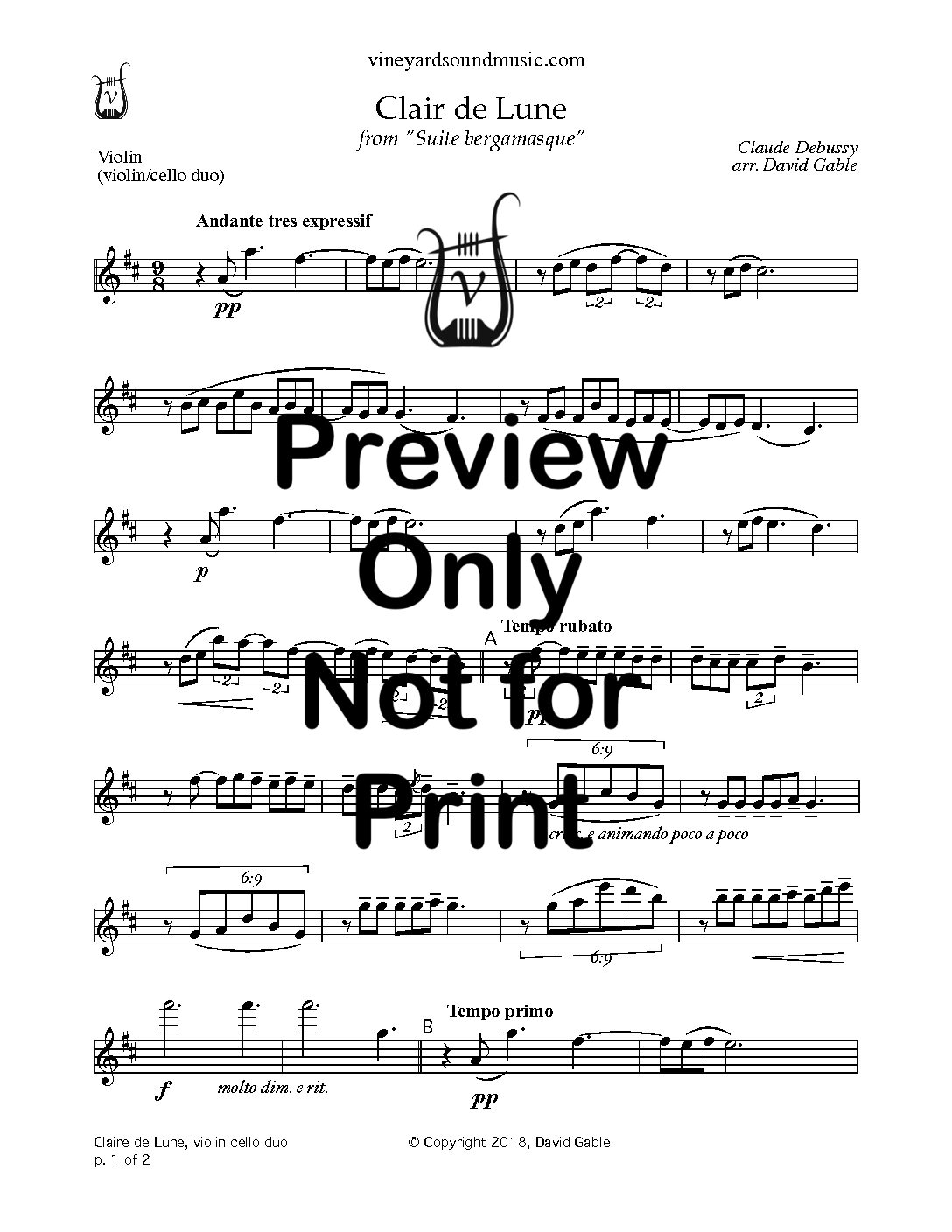

Druce’s selection and mine have only one duplication between them (and even that – the Ernst – is through a different recording). Whatever the reason, violinists, like their pianist counterparts, seem forever condemned to play the same small number of concertos again and again – most of them masterpieces, to be sure – without bringing their skills to bear on the guilty pleasures of some of the works discussed here, on the page opposite. Of course, not all of these deserve a place at the top table, but why are so few of the best of them overlooked and/or rarely played? Is it because of valuable rehearsal time being spent on an unfamiliar score? Is it the unwillingness of conductors to investigate them? Or are there simply too few high-profile violinists interested in championing forgotten works? Yet the Romantic period was the most prolific in music history for new violin concertos. Even the relatively well-known Goldmark rarely gets an airing (it was last heard at the London Proms in 1911). Occasionally, we catch a glimpse of others, such as the Dvořák, Saint-Saëns No 3, Wieniawski’s Second, Bruch’s Scottish Fantasy, Lalo’s Symphonie espagnole, and sometimes the Glazunov or one by Vieuxtemps (Nos 4 or 5). These are the copper-bottomed, bums-on-seats violin concertos. If you want to hear a violin concerto written in the 19th or early 20th century, you will have a narrow choice of the Beethoven, Mendelssohn (E minor), Tchaikovsky, Brahms, Bruch (G minor) or Sibelius. Despite the continued committed advocacy of some of the most inspiring soloists of our times, few concert programmers have taken up the gauntlet. To find the perfect subscription for you, simply visit: .uk/subscribeįour years ago, my late colleague Duncan Druce sought in this space to raise awareness of neglected 19th-century violin concertos (2/13).
#Standard violin repertoire archive
Subscribing to Gramophone is easy, you can choose how you want to enjoy each new issue (our beautifully produced printed magazine or the digital edition, or both) and also whether you would like access to our complete digital archive (stretching back to our very first issue in April 1923) and unparalleled Reviews Database, covering 50,000 albums and written by leading experts in their field.

We have been writing about classical music for our dedicated and knowledgeable readers since 1923 and we would love you to join them.


 0 kommentar(er)
0 kommentar(er)
